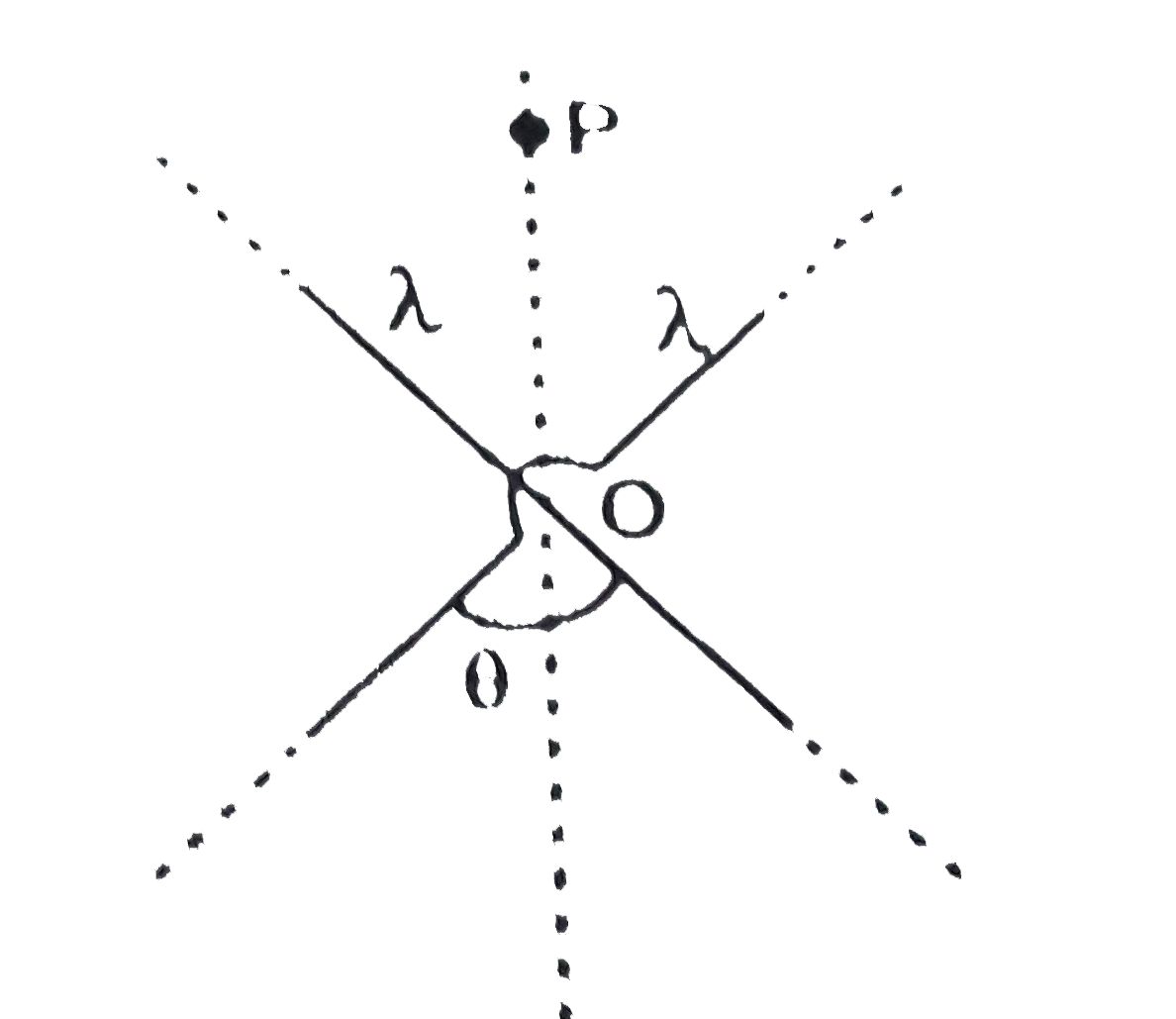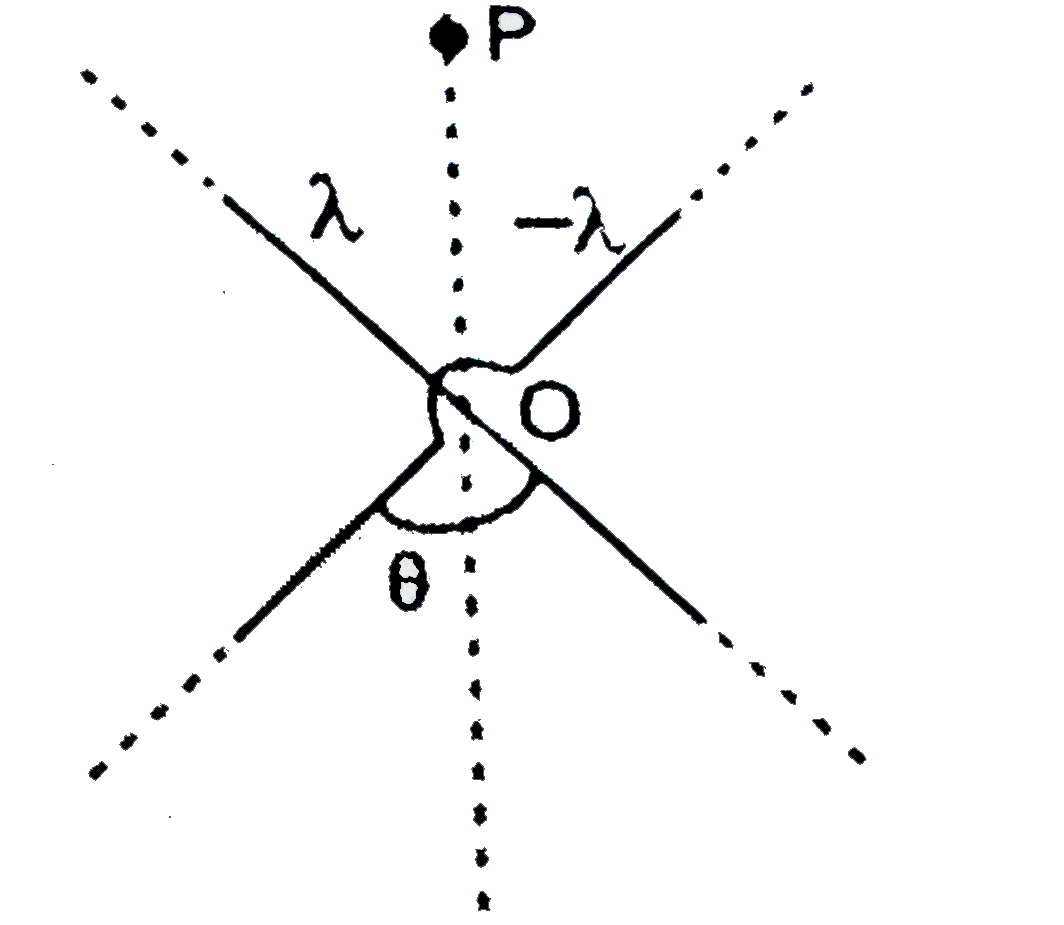Text Solution
Verified by Experts
The correct Answer is:
|
Topper's Solved these Questions
ELECTROSTATICS
RESONANCE|Exercise Exercise-1 Section (C)|14 VideosView PlaylistELECTROSTATICS
RESONANCE|Exercise Exercise-1 Section (D)|5 VideosView PlaylistELECTROSTATICS
RESONANCE|Exercise Exercise-1 Section (A)|9 VideosView PlaylistELECTROMAGNETIC INDUCTION
RESONANCE|Exercise A.l.P|19 VideosView PlaylistEXPERIMENTAL PHYSICS
RESONANCE|Exercise PART -II|10 VideosView Playlist
Similar Questions
Explore conceptually related problems
Knowledge Check
Similar Questions
Explore conceptually related problems
RESONANCE-ELECTROSTATICS-Exercise-1 Section (B)
- The electric force experienced by a charge of 5xx10^(-6) C is 25xx10^(...
00:59
|
Play - A uniform electric field E=91xx10^(-6) V//m is created between two par...
10:01
|
Play - Two point particle A and B having charges of 4xx10^(-6) C and -64xx10^...
02:55
|
Play - Three charges, each equal to q, are placed at the three. corners of a ...
04:48
|
Play - Two point charges 3 muC and 2.5 muC are placed at point A (1, 1, 2)m a...
04:40
|
Play - A hollow sphere of radius a carries a total charge Q distributed unifo...
03:36
|
Play - (i) Two infinitely long line charges each of linear charge density lam...
09:06
|
Playing Now - The bob of a simple pendulum has a mass of 60 g and a positive charge ...
04:52
|
Play - If three infinite charged sheets of uniform surface charge densities s...
04:32
|
Play - Find out electric field intensity due to uniformly charged solid non-c...
05:57
|
Play - Repeat the question if sphere is a hollow non-conducting sphere of rad...
04:59
|
Play - A thread carrying a unifrom charge lambda per unit length has the co...
20:40
|
Play

